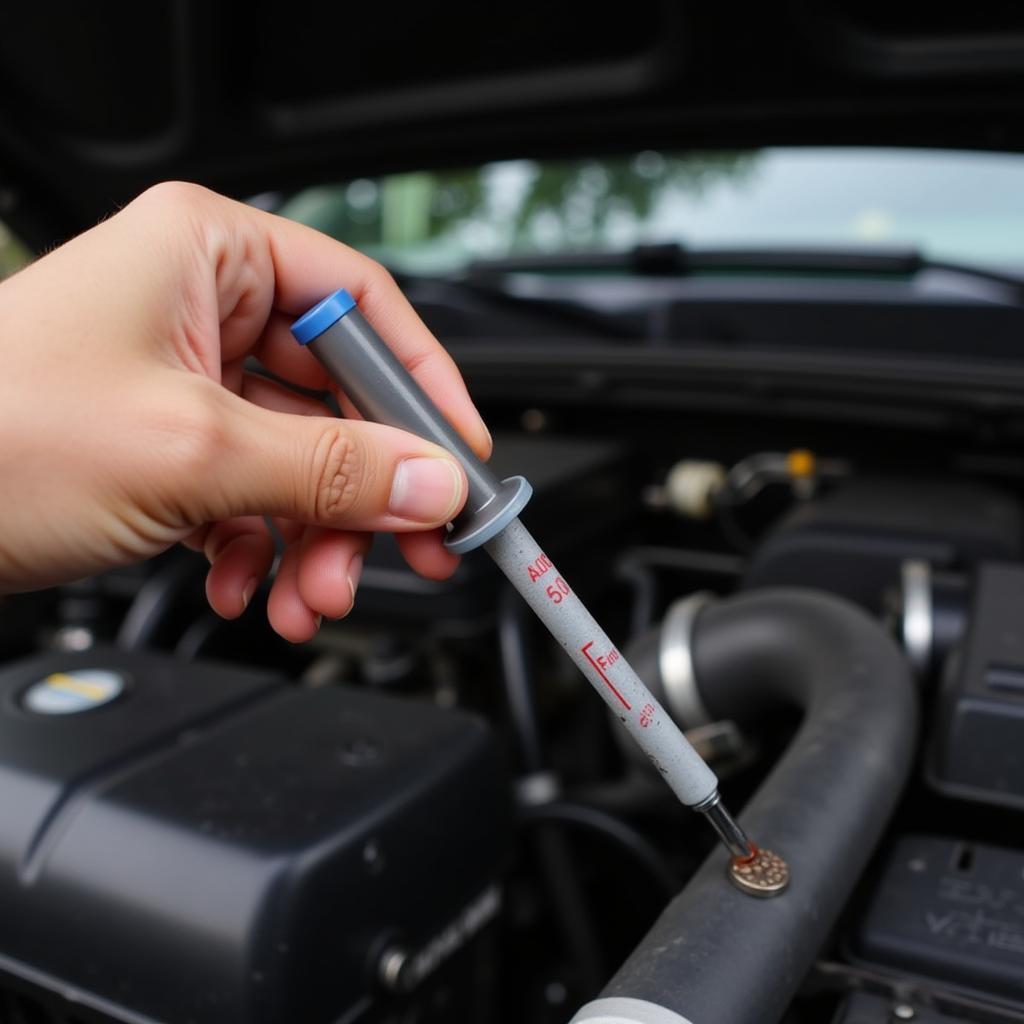Belt problems in your car can range from a minor annoyance to a major breakdown. Understanding the severity of these issues is crucial for maintaining your vehicle and avoiding costly repairs. This guide dives deep into the world of automotive belts, helping you diagnose, understand, and address potential problems.
Identifying the Culprits: Types of Car Belts and Their Functions
Your car relies on several different belts, each with a specific role. The most common is the serpentine belt, responsible for powering multiple accessories like the alternator, power steering pump, and air conditioning compressor. Timing belts, on the other hand, are critical for engine timing and valve operation. A broken timing belt can lead to catastrophic engine damage. Less common but equally important are drive belts for older vehicles, which may power individual accessories. Identifying which belt is causing the problem is the first step in assessing its severity. car problems and repairs offers further insights into common car issues.
How Serious are Belt Problems, Really? From Squeals to Snaps
The seriousness of a belt problem depends on several factors, including the type of belt affected and the extent of the damage. A squealing belt might just need tightening or replacement, a relatively inexpensive fix. However, a snapped serpentine belt can leave you stranded, disabling essential components like power steering and the alternator. Even worse, a broken timing belt can cause pistons to collide with valves, resulting in extensive and costly engine damage.
Diagnosing Belt Issues: What to Look and Listen For
Recognizing the signs of belt problems is key to preventing further damage. Listen for squealing noises, especially upon starting the engine or when accelerating. Visually inspect the belts for cracks, fraying, or glazing. Check for proper belt tension; a loose belt can slip and cause performance issues. If you notice any of these signs, it’s crucial to address the problem promptly. cougar car problems provides a helpful example of how specific car models can have unique belt-related issues.
What does a squealing belt indicate?
A squealing belt often means the belt is slipping, either due to wear, improper tension, or misalignment.
Can I drive with a squealing belt?
While you might be able to drive a short distance with a squealing belt, it’s not recommended. Continuing to drive can worsen the problem and potentially lead to a complete belt failure.
Preventive Maintenance: Keeping Your Belts in Top Shape
Regular belt inspections are crucial for preventing unexpected breakdowns. Consult your vehicle’s owner’s manual for recommended belt replacement intervals. Generally, serpentine belts should be replaced every 40,000 to 60,000 miles, while timing belts require replacement at much longer intervals, typically between 60,000 and 100,000 miles. list of car engine problems offers valuable information about other potential engine issues to be aware of.
DIY vs. Professional Repair: Knowing Your Limits
While some minor belt adjustments can be handled by DIY enthusiasts, more complex repairs, especially involving the timing belt, are best left to qualified mechanics. Incorrectly installing a timing belt can have devastating consequences for your engine.
“A timing belt replacement is not a job for the faint of heart,” says John Miller, a certified automotive technician with over 20 years of experience. “It requires specialized tools and a deep understanding of engine mechanics.”
“Regular belt inspections can save you a lot of money in the long run,” adds Sarah Chen, an automotive engineer. “Catching a problem early can prevent a minor issue from turning into a major repair.”
Conclusion: Addressing Belt Problems Head-On
Belt problems in your car, however seemingly minor, can have significant consequences. Understanding the different types of belts, recognizing the signs of trouble, and prioritizing preventive maintenance are essential for keeping your vehicle running smoothly. Don’t underestimate the importance of these seemingly simple components. If you have any concerns about your car’s belts, contact us at AutoTipPro for expert advice and assistance. Our phone number is +1 (641) 206-8880, and our office is located at 500 N St Mary’s St, San Antonio, TX 78205, United States. Addressing belt problems car promptly is key to avoiding costly repairs and ensuring a safe and reliable driving experience.
FAQ
- How often should I check my car’s belts?
- What are the signs of a worn serpentine belt?
- Can a bad belt cause my car to overheat?
- How much does it cost to replace a timing belt?
- Is it safe to drive with a damaged belt?
- Can I replace a serpentine belt myself?
- What tools do I need to replace a car belt?
car 2002 kia spectra problems offers more information about car problems and common smart car engine problems discusses engine-specific issues.






Leave a Reply